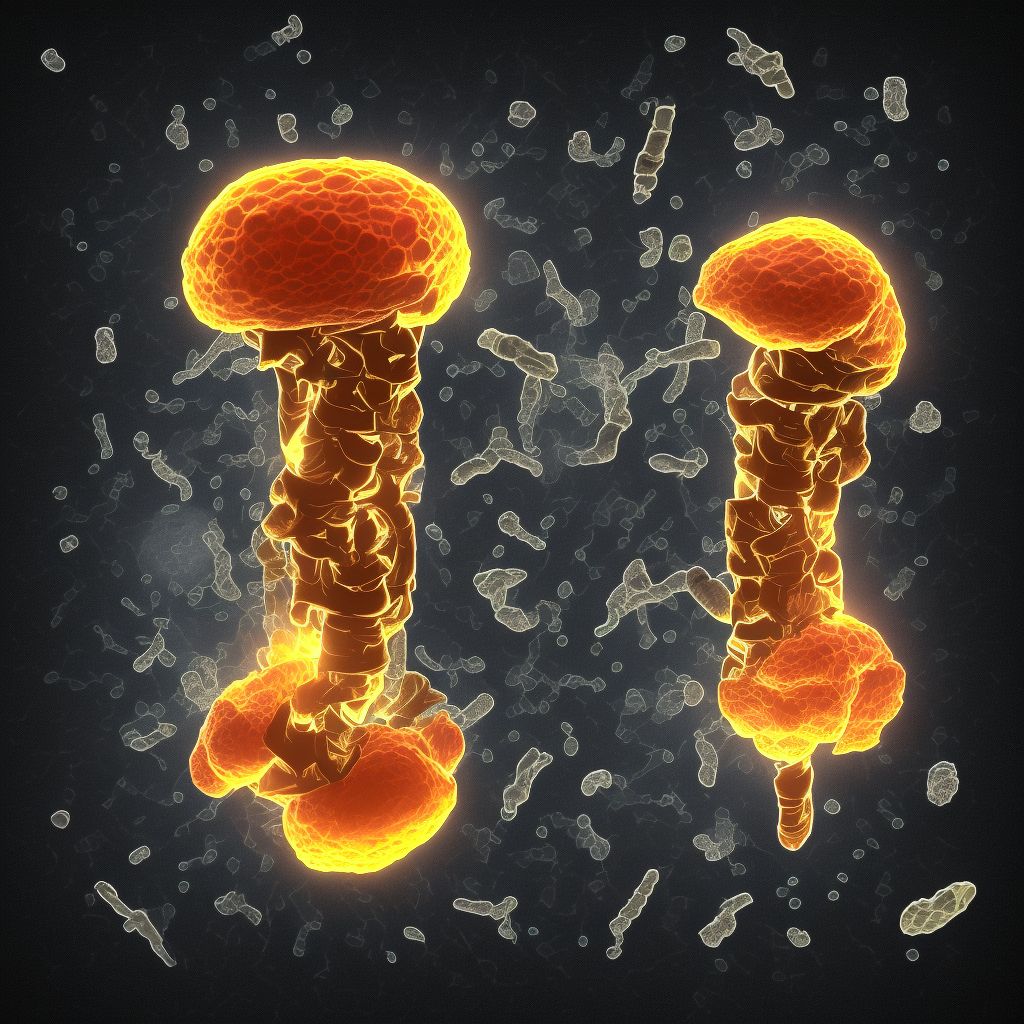
Nondisplaced transverse fracture of shaft of unspecified tibia, subsequent encounter for open fracture type IIIA, IIIB, or IIIC with nonunion Save
ICD-10 code: S82.226N
Disease category: S82.226: Nondisplaced transverse fracture of shaft of unspecified tibia
Nondisplaced Transverse Fracture of Shaft of Unspecified Tibia: Understanding Subsequent Encounters with Nonunion
A nondisplaced transverse fracture of the shaft of the tibia is a common bone injury that occurs when the tibia, or shinbone, breaks horizontally across its shaft. These fractures can lead to subsequent encounters, particularly when they result in an open fracture type IIIA, IIIB, or IIIC with nonunion.
During a subsequent encounter, a patient with a nonunion fracture will require ongoing medical attention to address the complications associated with the healing process. Nonunion refers to a situation where the fractured bone fails to heal within the expected time frame.
- Causes: Several factors can contribute to a nonunion fracture, including poor blood supply to the injured area, inadequate immobilization, infection, smoking, and certain medical conditions like diabetes or osteoporosis.
- Symptoms: Patients with a nonunion fracture may experience persistent pain, swelling, tenderness, and limited mobility in the affected area. In some cases, the fracture site may become unstable, leading to deformity or difficulty bearing weight.
- Diagnosis: Medical professionals use various diagnostic techniques, such as X-rays, CT scans, and MRIs, to evaluate the fracture and determine if nonunion has occurred. These imaging tests provide detailed views of the bone and surrounding tissues, helping doctors plan appropriate treatment.
- Treatment Options: Although this article does not cover treatment, it is worth mentioning that treatment for nonunion fractures typically involves a multidisciplinary approach. Orthopedic specialists may recommend surgical interventions, such as bone grafting, internal fixation, or external fixation, to stimulate bone healing and restore stability to the fractured area.
It is crucial for patients with a nondisplaced transverse fracture of the tibia to seek medical attention promptly and follow the prescribed treatment plan to minimize the risk of subsequent encounters with nonunion. Early intervention and proper management can significantly improve the chances of successful healing and reduce the need for further medical interventions.
Disclaimer: This article is for informational purposes only and should not be considered medical advice. Always consult with a qualified healthcare professional for proper diagnosis and treatment of your specific condition.
Treatment of Nondisplaced transverse fracture of shaft of unspecified tibia, subsequent encounter for open fracture type IIIA, IIIB, or IIIC with nonunion:
Treatment Options for Nondisplaced Transverse Fracture of Shaft of Unspecified Tibia, Subsequent Encounter for Open Fracture Type IIIA, IIIB, or IIIC with Nonunion
Dealing with a nondisplaced transverse fracture of the shaft of the unspecified tibia, subsequent encounter for open fracture type IIIA, IIIB, or IIIC with nonunion can be challenging. However, there are several treatmen...
To see full information about treatment please Sign up or Log in